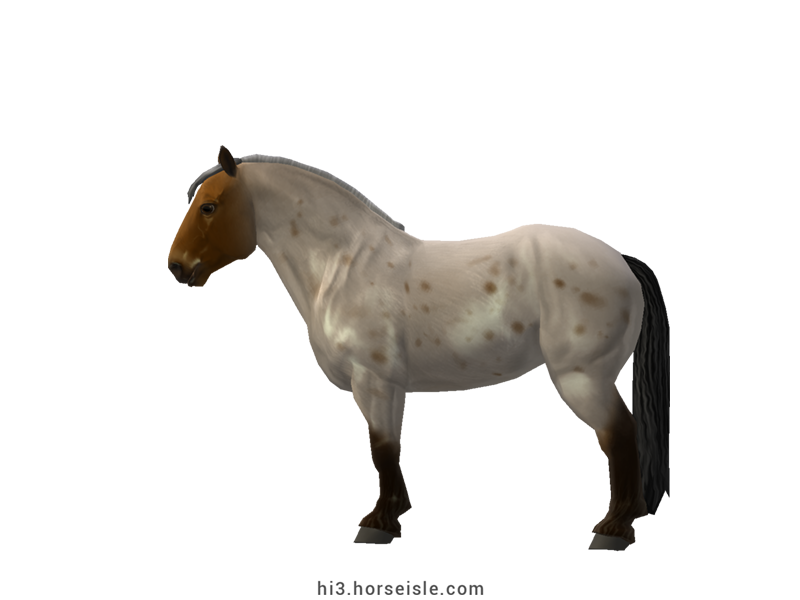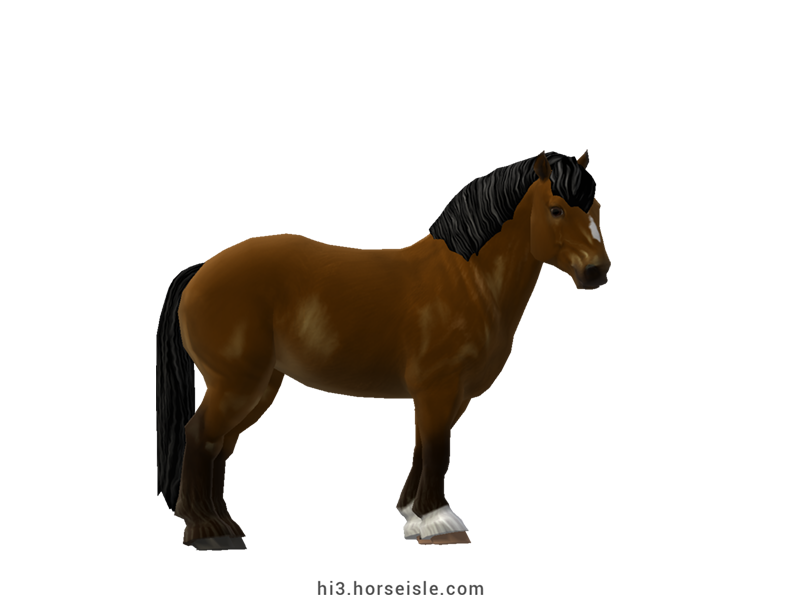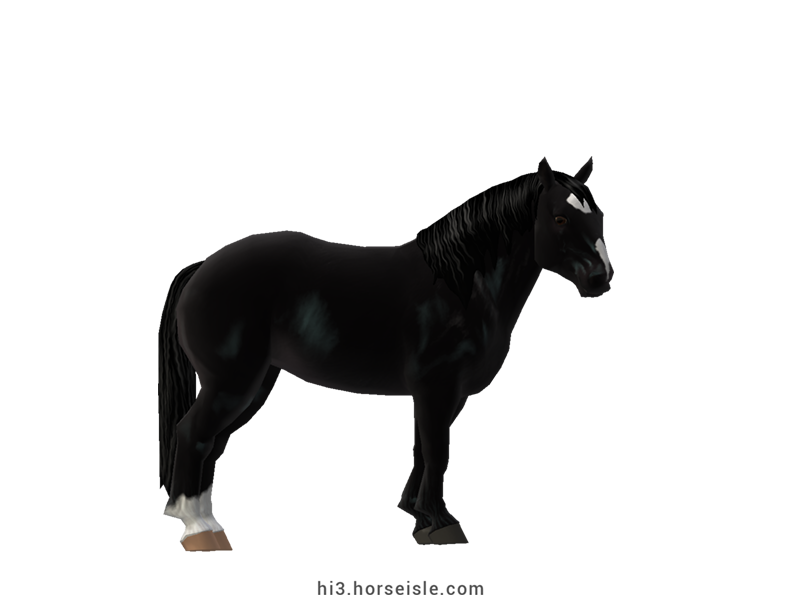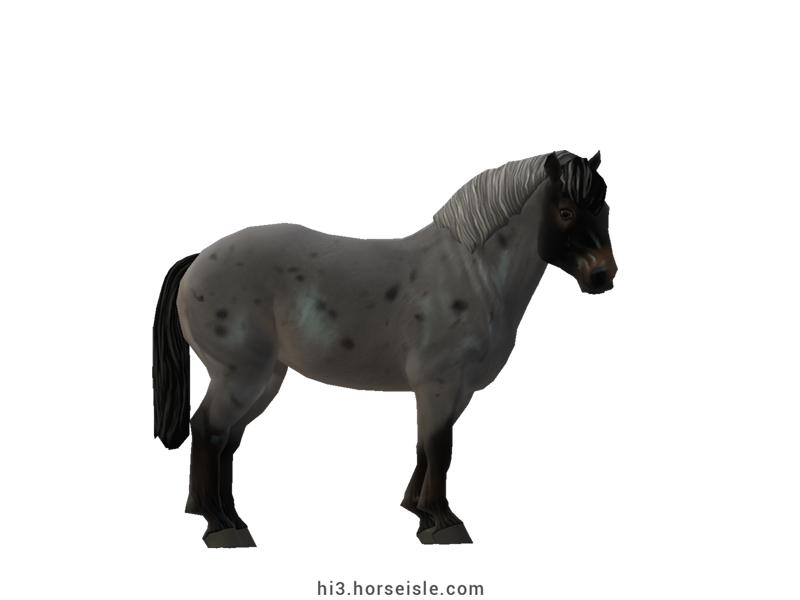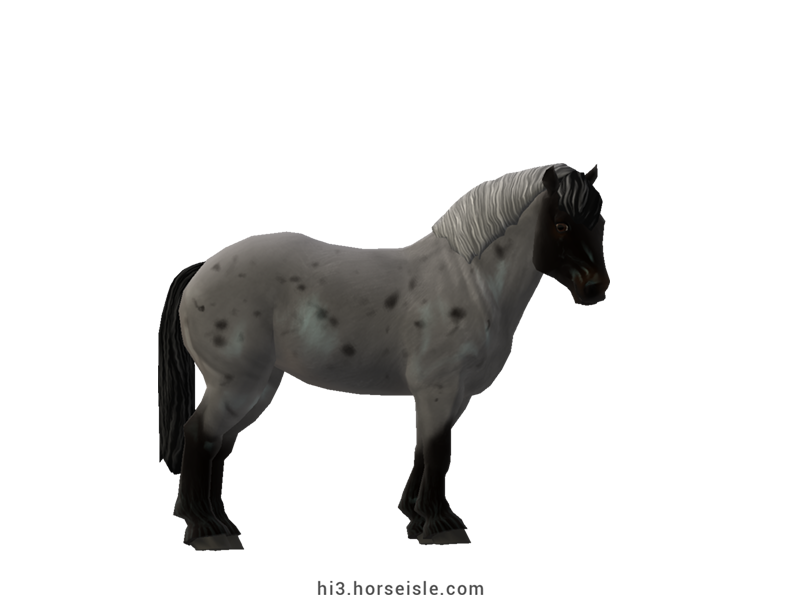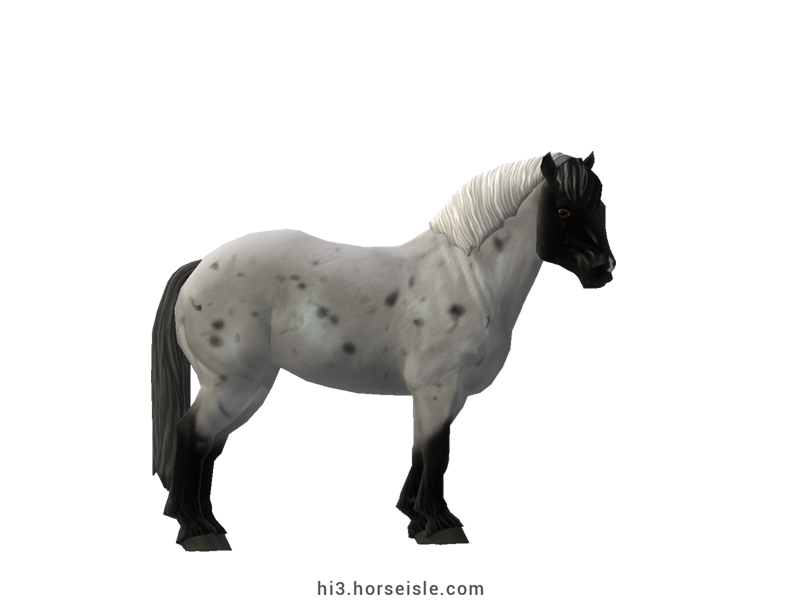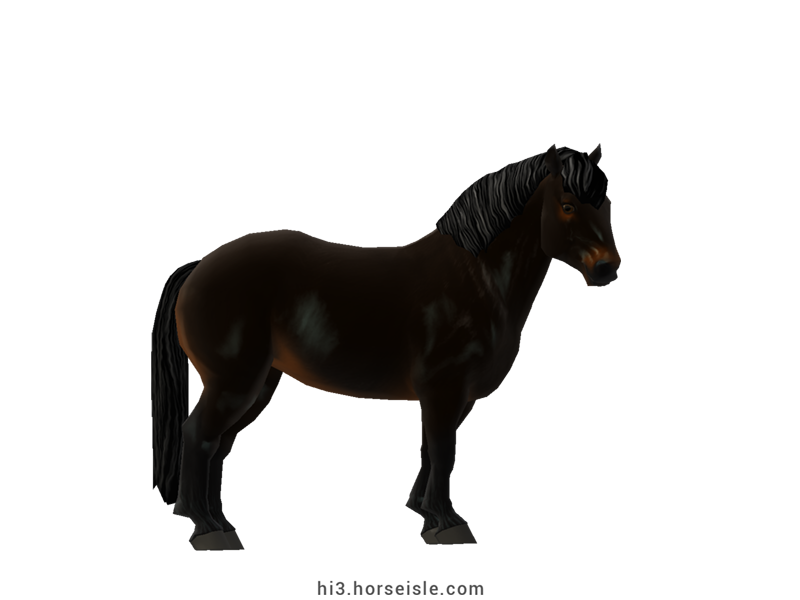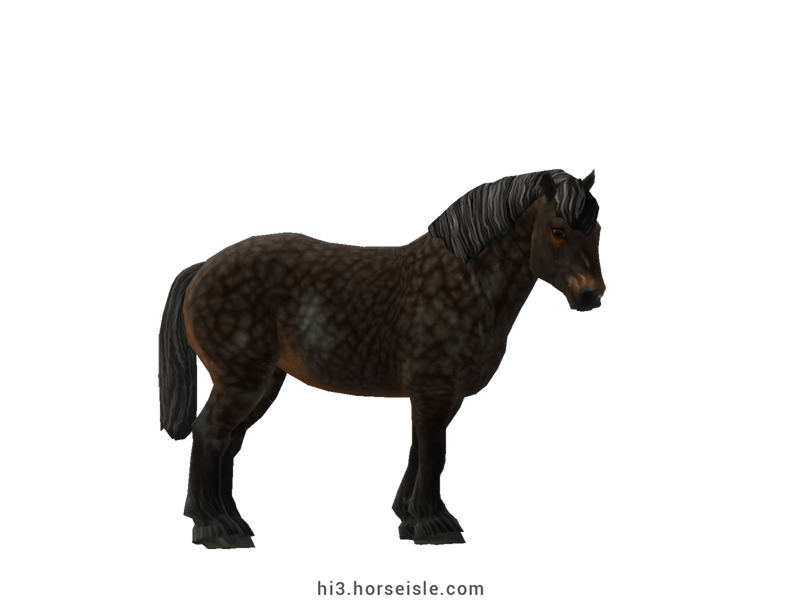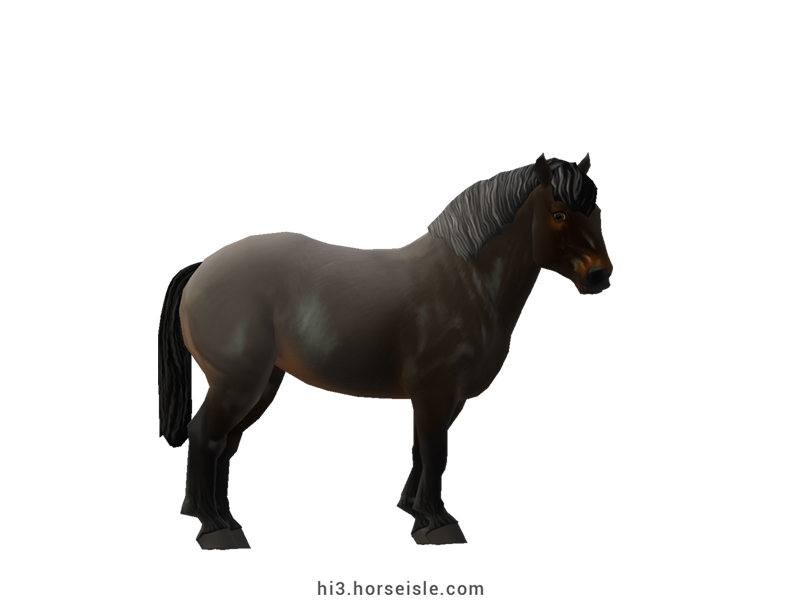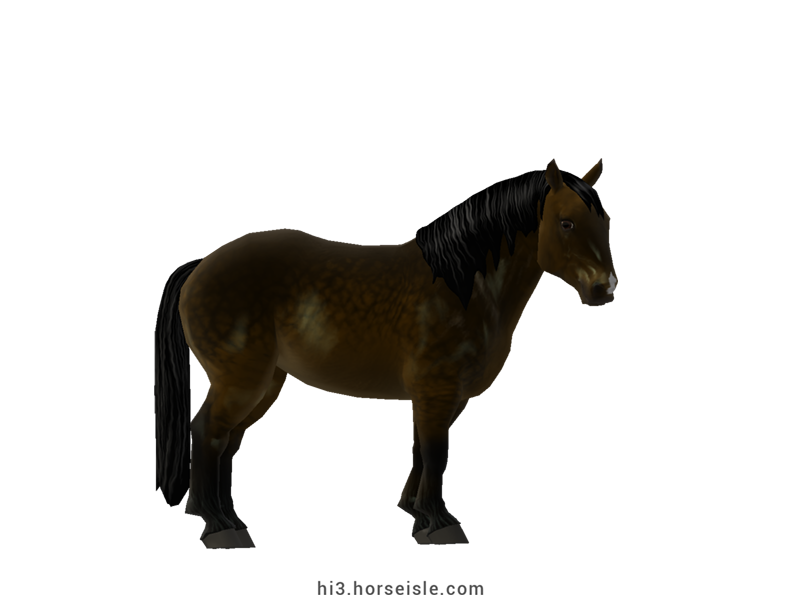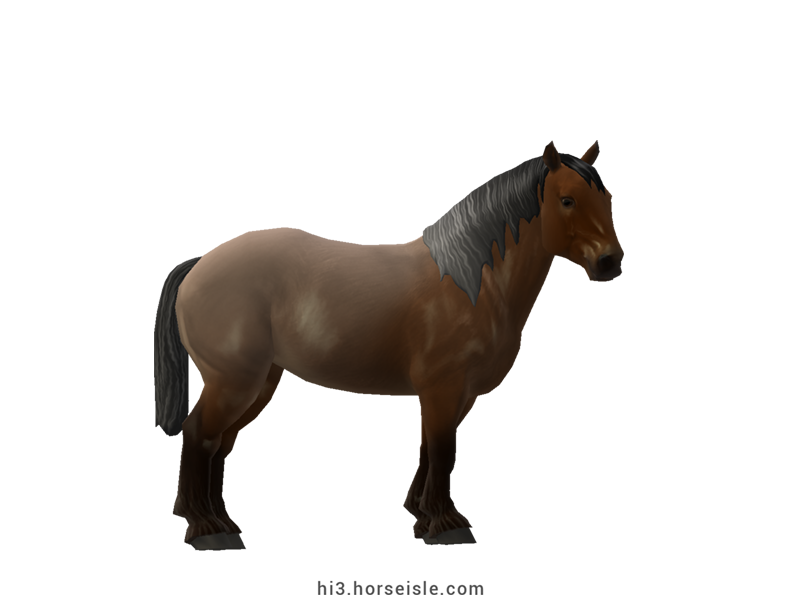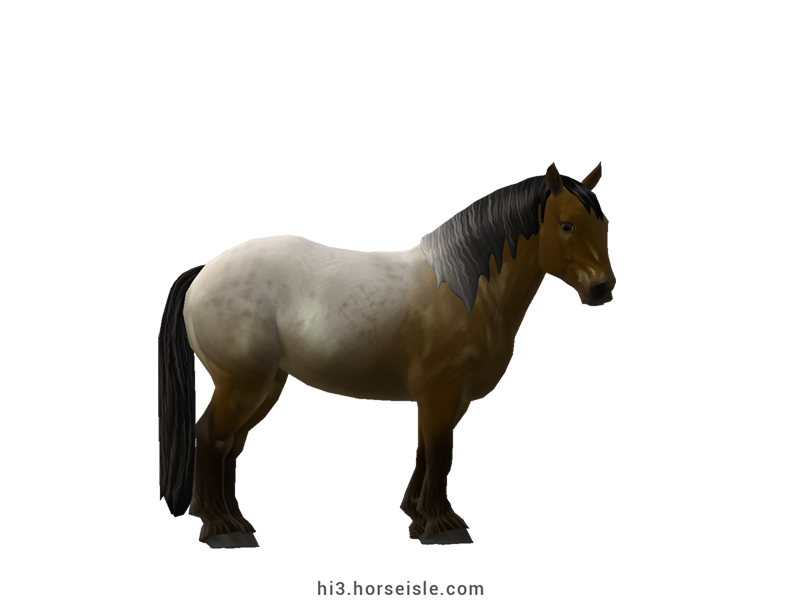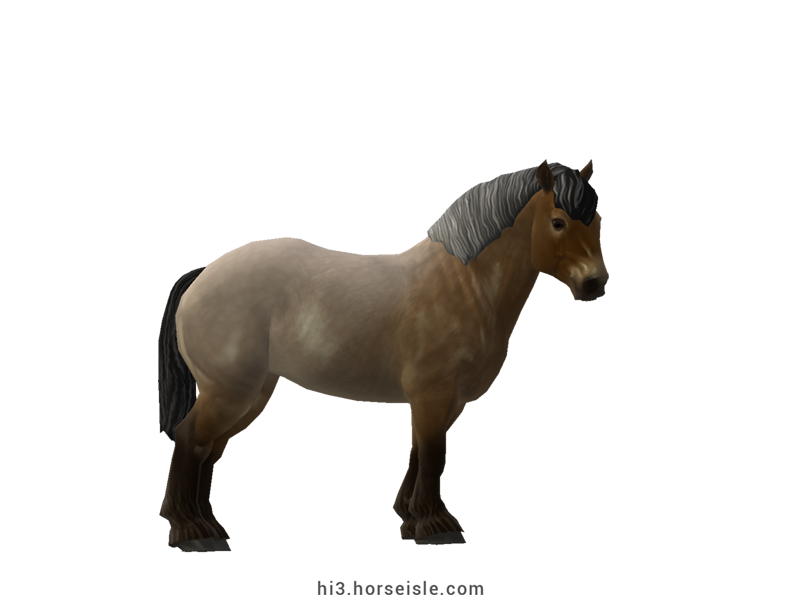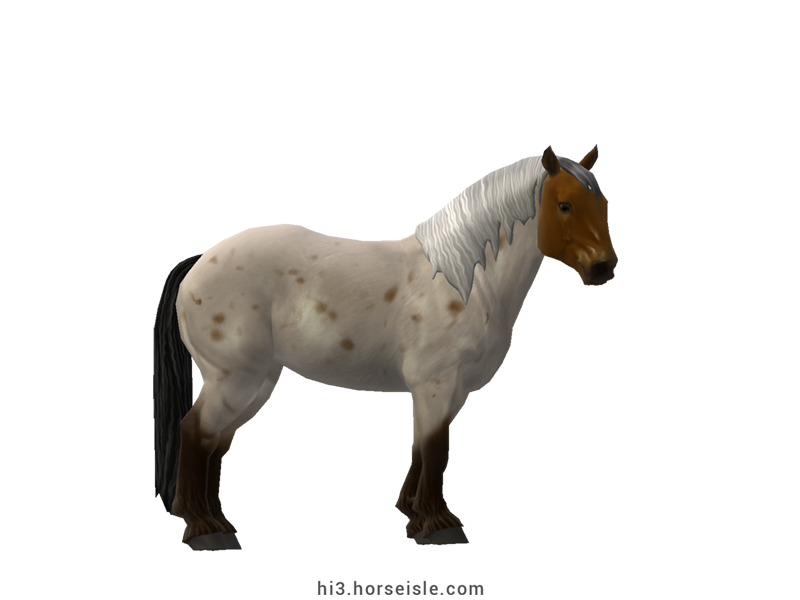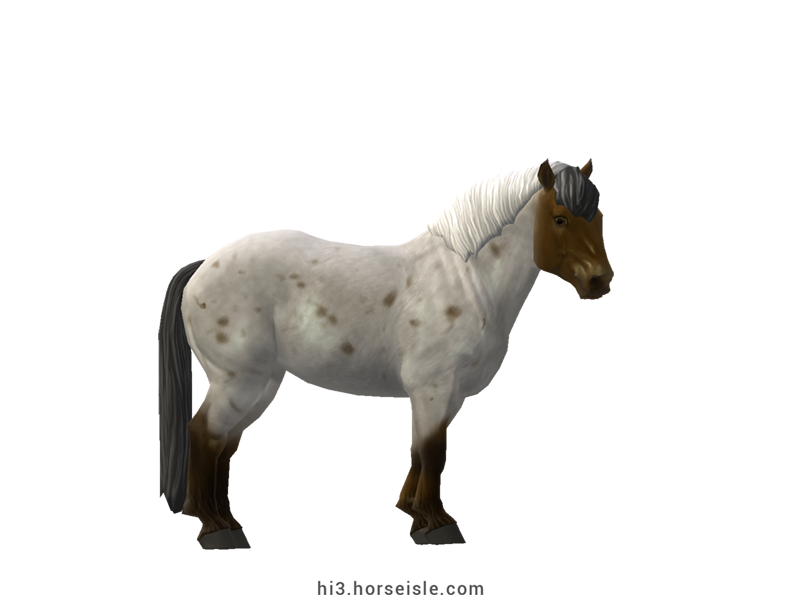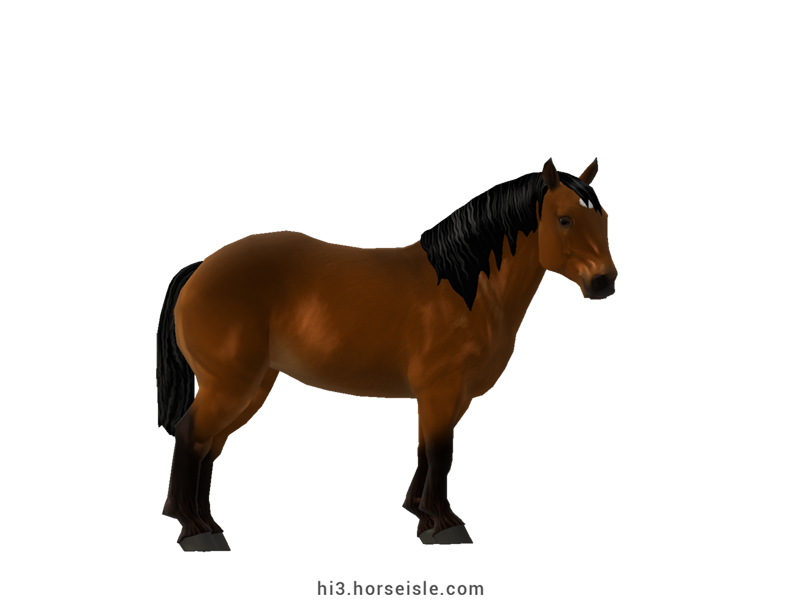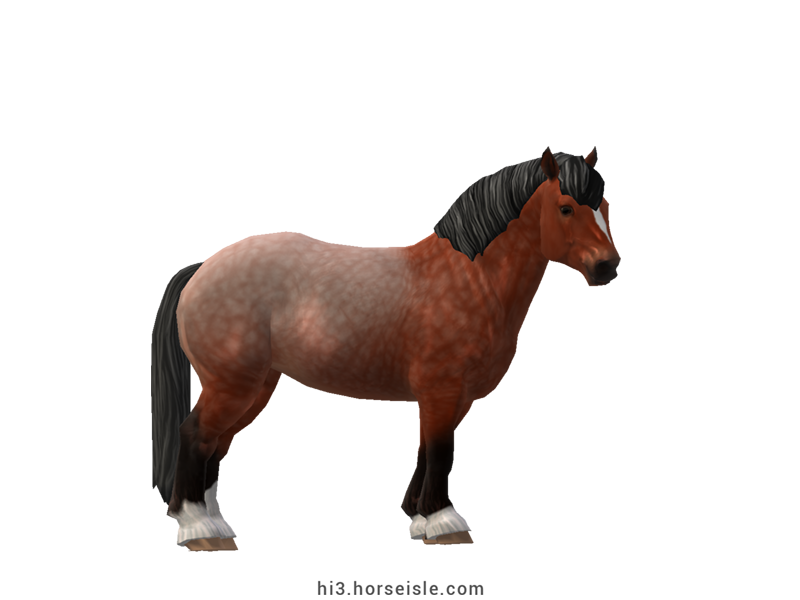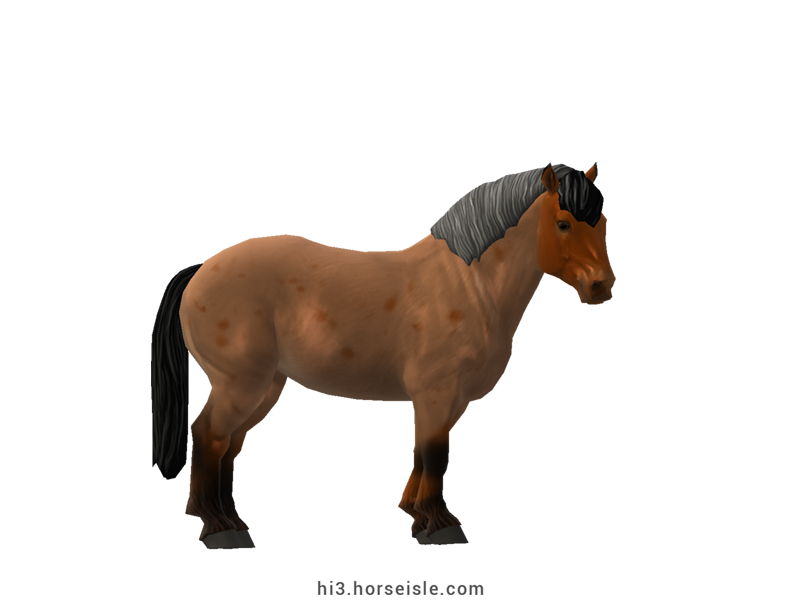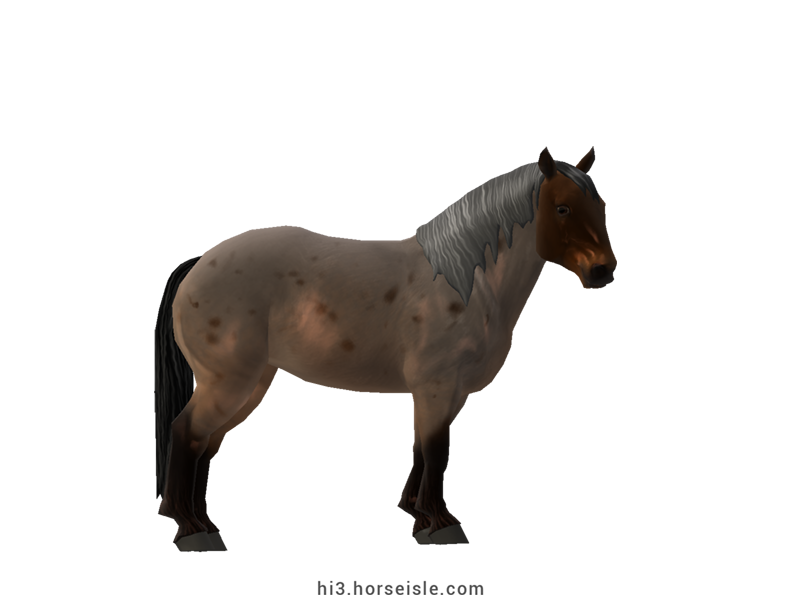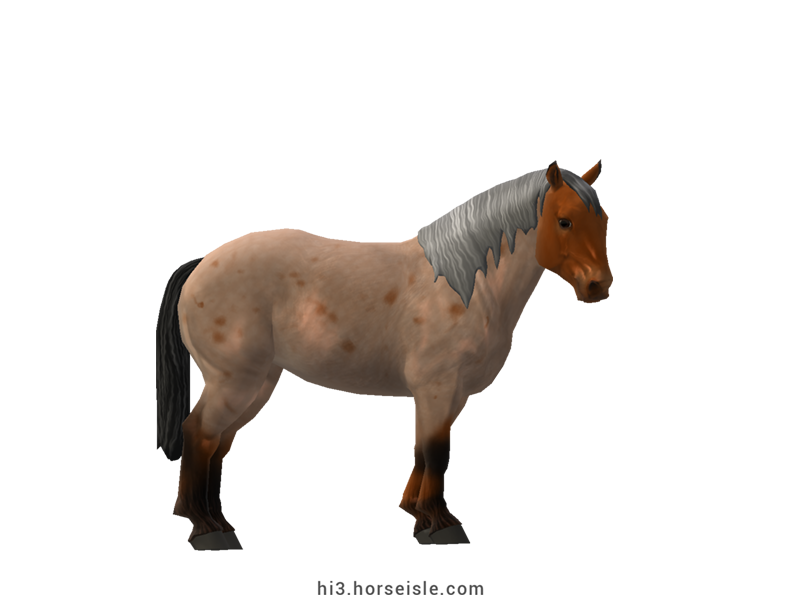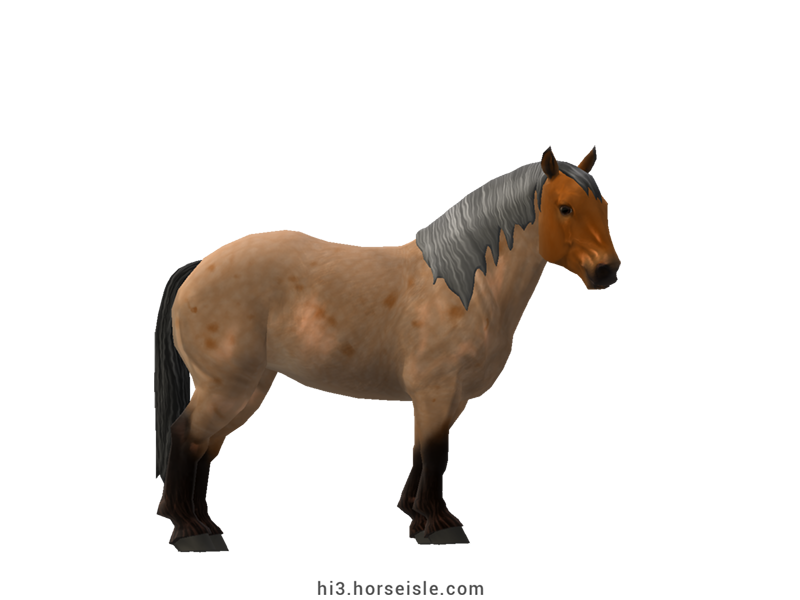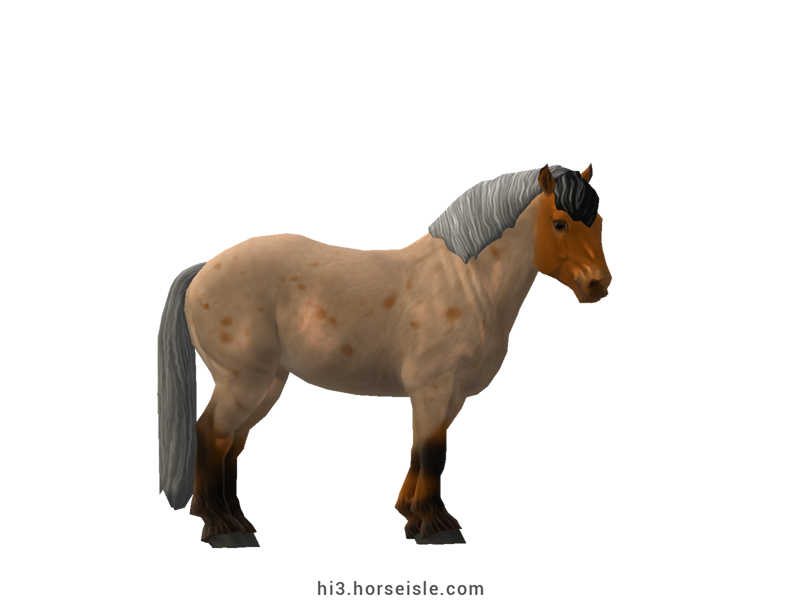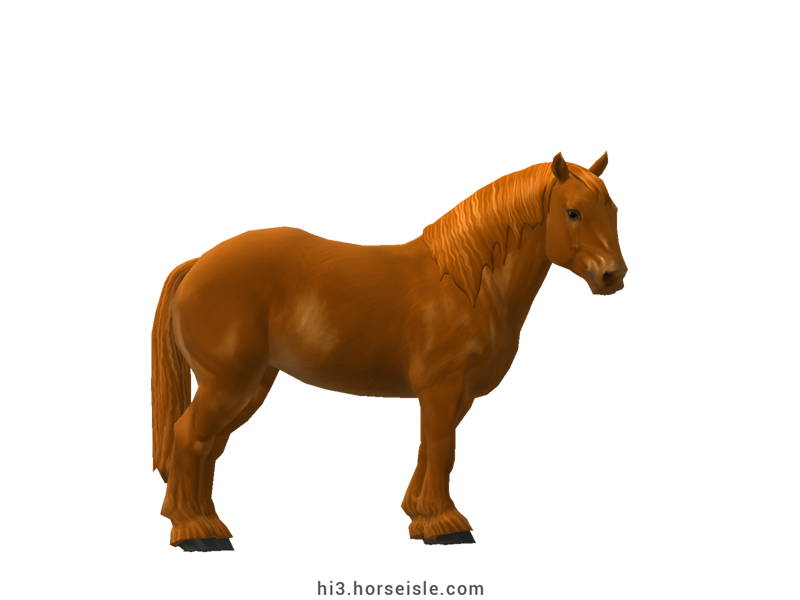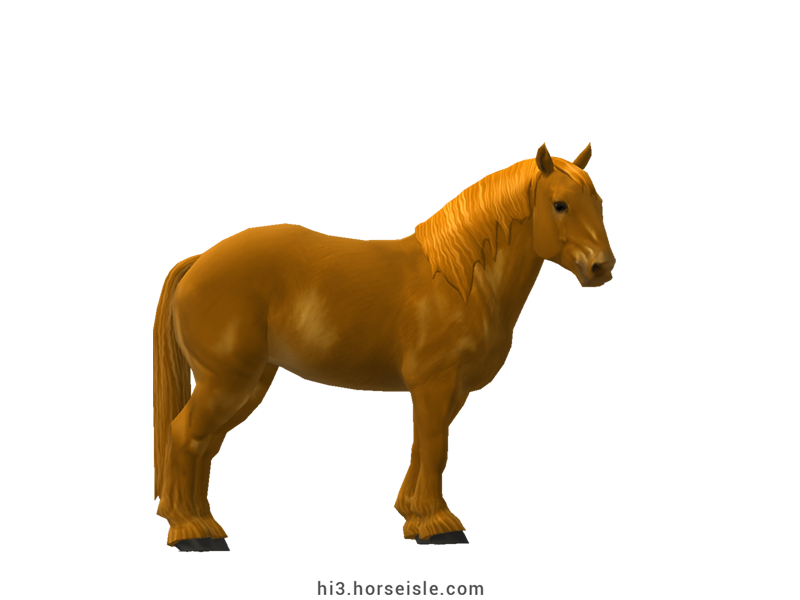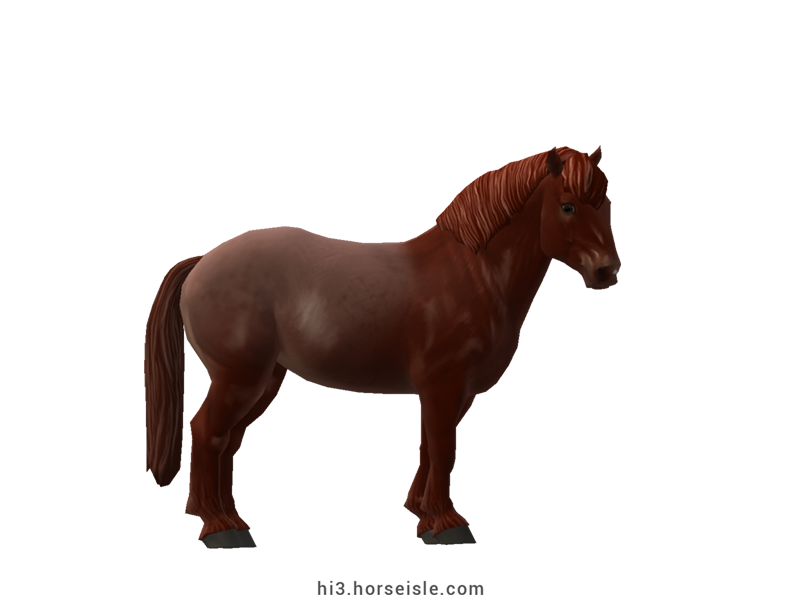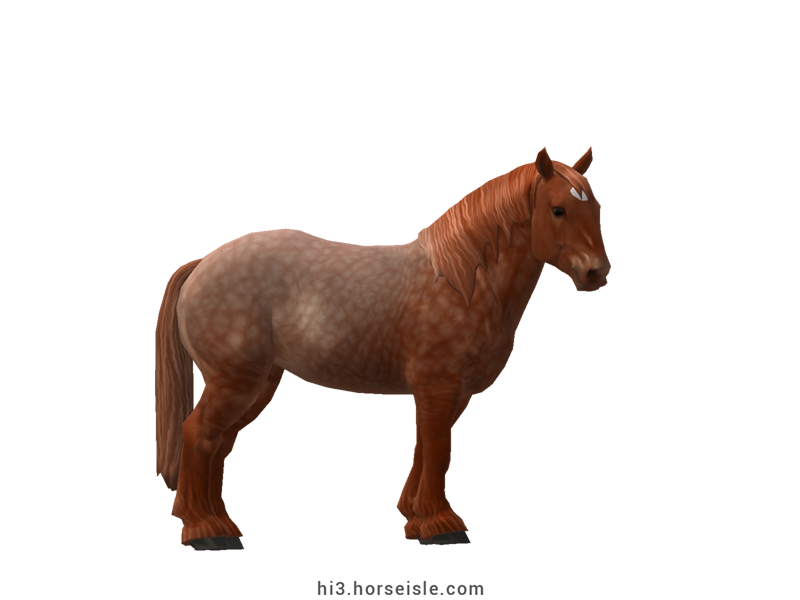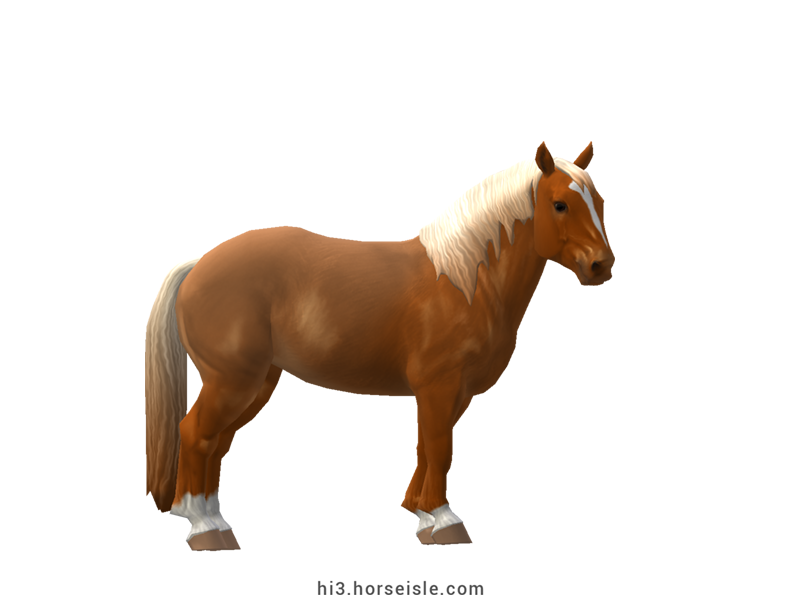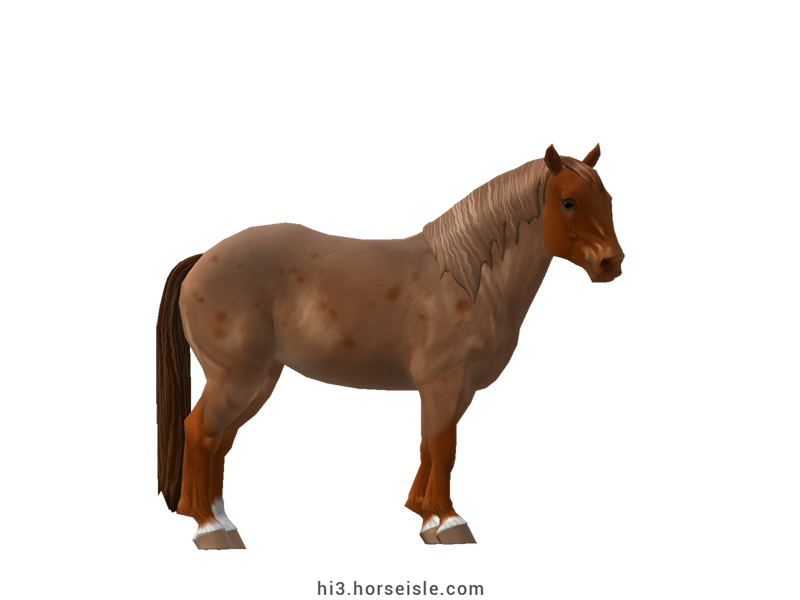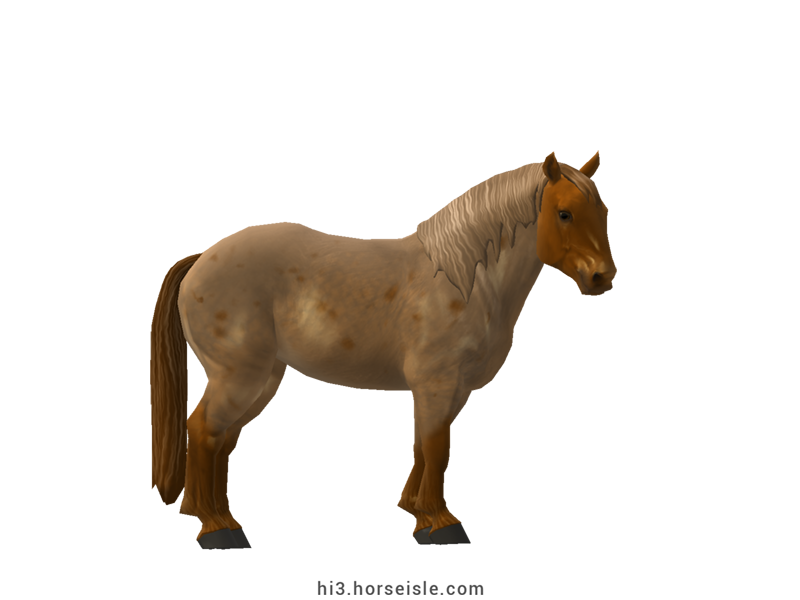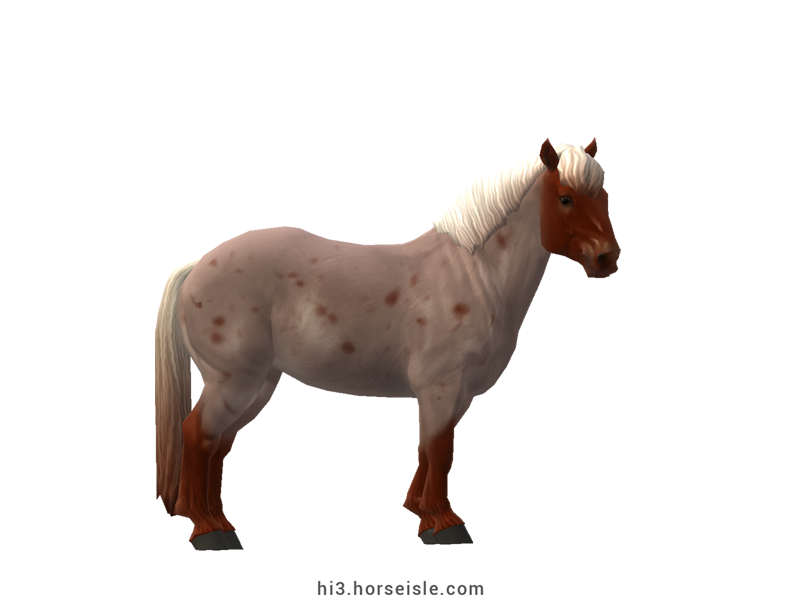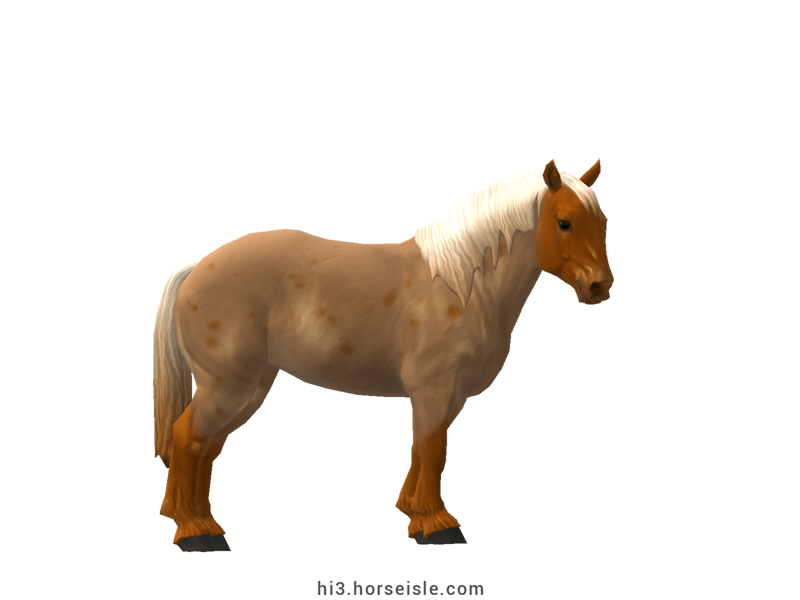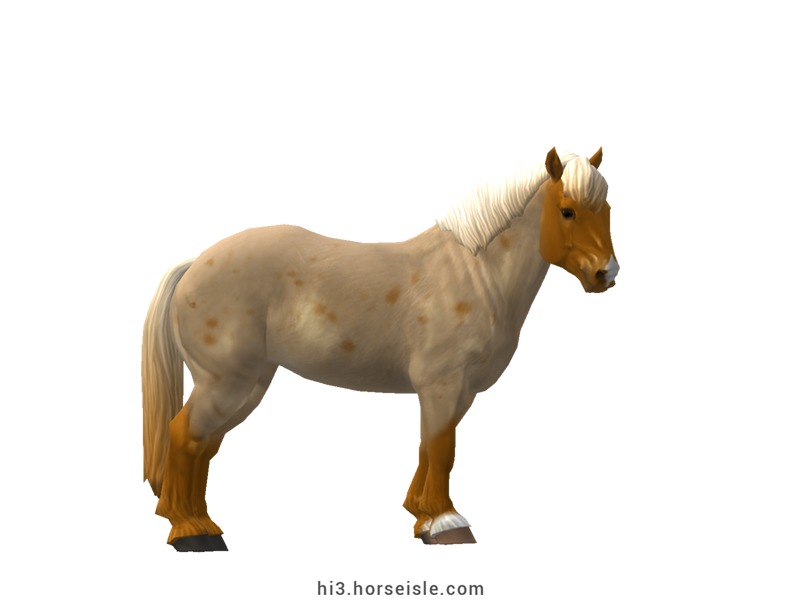Our Massive Real World Equine Reference!
[ INDEX ] Equine Type: Horse Breed: Rhenish German Coldblood [ PREV ] [ NEXT ]
A heavy horse to pull heavy machines:
It all started with agricultural machines. Today, most of those machines are powered by fuel or pulled by tractors, but back in the 19th century, they were powered and pulled by horses.
From the 1840s onward, agriculture in Europe saw the introduction of heavy, metal-made agricultural machines. Those included the reaper --for harvesting hay-- and the thresher --for threshing grain-- among many others. Those machines had to be pulled by horses to operate, and that created a problem: the existing farm horses were too small to pull those machines at a reasonable speed.
That initiated various breeding programs in various regions in Europe. One such region was Rhineland, where breeders imported various heavy breeds to cross with the local mares. Shires, Clydesdales, and Suffolk Punches from England, Ardennais horses from France, Jutlands from Denmark, and Brabants from Belgium.
Unfortunately, those breeding attempts weren't very successful, as the offspring of those crosses failed to cope well with the Rhenish weather.
A Wickrath Stud and the Rhenish German Coldblood:
Luckily for Rhineland, the region was the home of the Wickrath State Stud. In 1876, aware of the struggles of the farmers around them to breed a native heavy draft breed, the Stud took charge of the breeding program.
The trial and error of the Rhenish farmers proved that the Brabant from neighboring Belgium was best suited for the fields and weather in Rhineland. Therefore, the Stud focused on crossing native mares with imported Brabant stallions (see 'Brabant').
In 1880, fifty such stallions resided in the Stud. In 1892, the breeding goal was officially set, a studbook was officially established, and the Rhenish German Coldblood was officially born.
The closing of an era:
During the first half of the 20th century, the Rhenish German Coldblood did exceptionally well, roaming Germany in its thousands, and recovering quickly after both World Wars. But there was one event that the mighty Rhenish German Coldblood was no match for: the introduction of the tractor.
The 1950s saw draft breeds all over Europe being replaced by the tractor and bring driven to the brink of extinction. In 1957, Wickrath State Stud was closed, and the few remaining Rhenish German Coldbloods were transported to Warendorf State Stud in Westphalia, where they were bred in small numbers.
The Rhenish German Coldblood today:
By the 1970s, there was only a handful of Rhenish German Coldbloods left. Luckily, in Germany, recreational driving opened a new opportunity for this mostly forgotten breed, although it never regained its former popularity.
Today, Rhenish German Coldbloods exist in small numbers. They are used primarily for pulling and harness work, and, less often, for recreational riding.
They are still bred in Warendorf State Stud in Westphalia, which is why they are sometimes called Rhenish-Westphalian Coldbloods. This name, however, is inaccurate, because the Rhenish German Coldblood is not native to Westphalia nor is it a Westphalian breed.
Breeding:
During the 1980s, Brabant and Dutch Draft stallions were imported to Warendorf from Belgium and the Netherlands in order to avoid excessive inbreeding, a practice that still takes place today.
Several other heavy draft breeds are allowed into the Rhenish German Coldblood's studbook, among them are the Ardennais, Trait du Nord, Auxiois, and Dutch Draft, all of which have a similar conformation to that of the Rhenish German Coldblood.
That said, the extent to which those foreign breeds were, and are still, used is limited. Current (2022) regulations also call for one parent to be a Rhenish German Coldblood. Therefore, in Horse Isle, Rhenish German Coldbloods have a closed studbook.
Conformation:
Rhenish German Coldbloods have a small yet deep head, a straight or slightly convex profile, small ears, and large eyes. A short, thick, and slightly arched neck. Low withers, a short back, a sloping croup, and a muscular chest. The body is wide, and the legs are short.
The mane and tail grow coarse or wavy, and while the mane is medium in length the tail can grow long. The legs have medium feathering.
Performance metrics:
The following are the: range, average, (SD), and MOE of performance metrics of ordered Rhenish German Coldbloods in Horse Isle (not bred ones). In rare cases,
Speed: 13.5-14.7, 14.1 (0.3), 0.05.
Sprint: 36-46, 41 (3), 0.54.
Accel: 0.74-0.93, 0.82 (0.04), 0.01.
Decel: 1.00-1.18, 1.09 (0.04), 0.01.
Jump: 4.56-4.91, 4.70 (0.07), 0.01.
Pull: 3.87-4.74, 4.36 (0.15), 0.03.
Turning: 45.25-60.23, 52.83 (2.81), 0.55.
Reverse: 2.2-2.8, 2.5 (0.1), 0.02.
Stamina: 58.77-62.95, 61.00 (0.95), 0.19.
Reaction: 0.82-0.90, 0.86 (0.02), 0.00.
Coats & Height:
Colors: bay, black, brown, and chestnut.
Additionals: flaxen and roan are extremely common. Sooty and mealy occur well. Grey mane & tail exists but is rare. The coat is always solid, with white markings often occurring on the face but less so on the legs.
Height: 15.2hh to 16.3hh.
[ INDEX ] [ PREV ] [ NEXT ]

